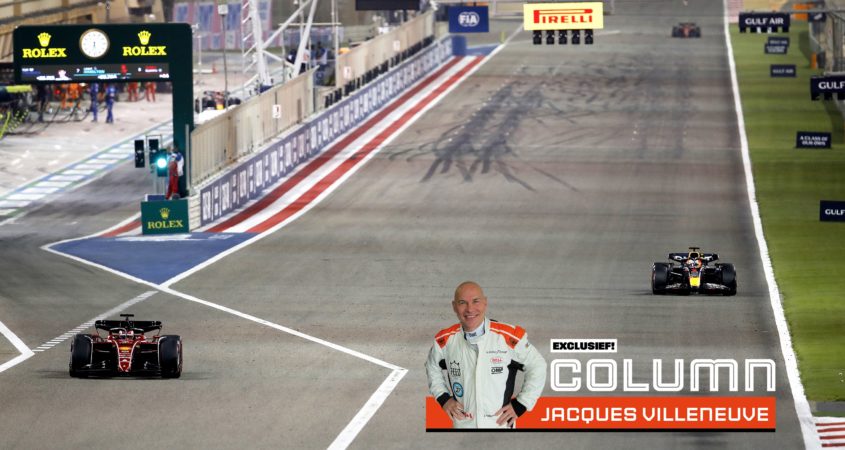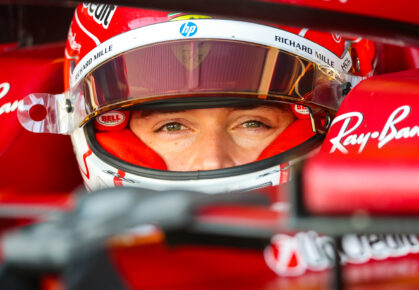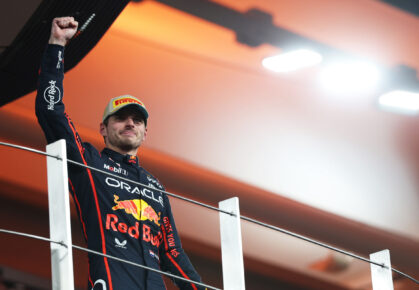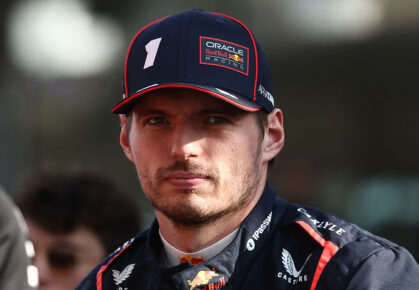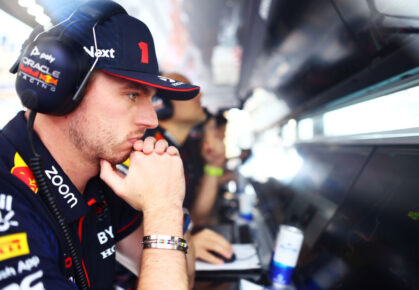‘This was a really good first race. Everyone expected a lot from the new rules and hoped they would add something positive. We were told that the cars would be able to follow each other better, and that was more or less the case. But there was something else that was discussed a lot less beforehand but which had a huge influence on the race: the tyres. They are more rigid, easier to work with.
Temperature-wise they are much more flexible than last year, the drivers can be much more aggressive and really push. You could see that in the battle between Max Verstappen and Charles Leclerc, which lasted at least three laps. In the past, that would already have been over after one lap, because the tyres would have overheated. This gave us a good show – the highlight of the race. Not just a fight on the track, but also one for the lead in the race. The fact that the world champion was also involved in this only made it better.
Real ‘dive bombs’ are possible again
We know that Verstappen can duel aggressively, but Leclerc can certainly do that too. It was a fair fight. I also thought it was great to see how Verstappen dived into a hole at a certain point, and in fact braked way too late. That would have been impossible last year with the tyres they had then. Undercutting has also become less important – the temperature of the tyre warmers is lower this year so you can’t go hell for leather straight from the pits. That creates room for some great battles. It doesn’t mean overtaking has become easier, it’s different. We have become accustomed to DRS manoeuvres, which always looked simple. But now you can brake extremely late and aggressively – real ‘dive bombs’ are possible again.
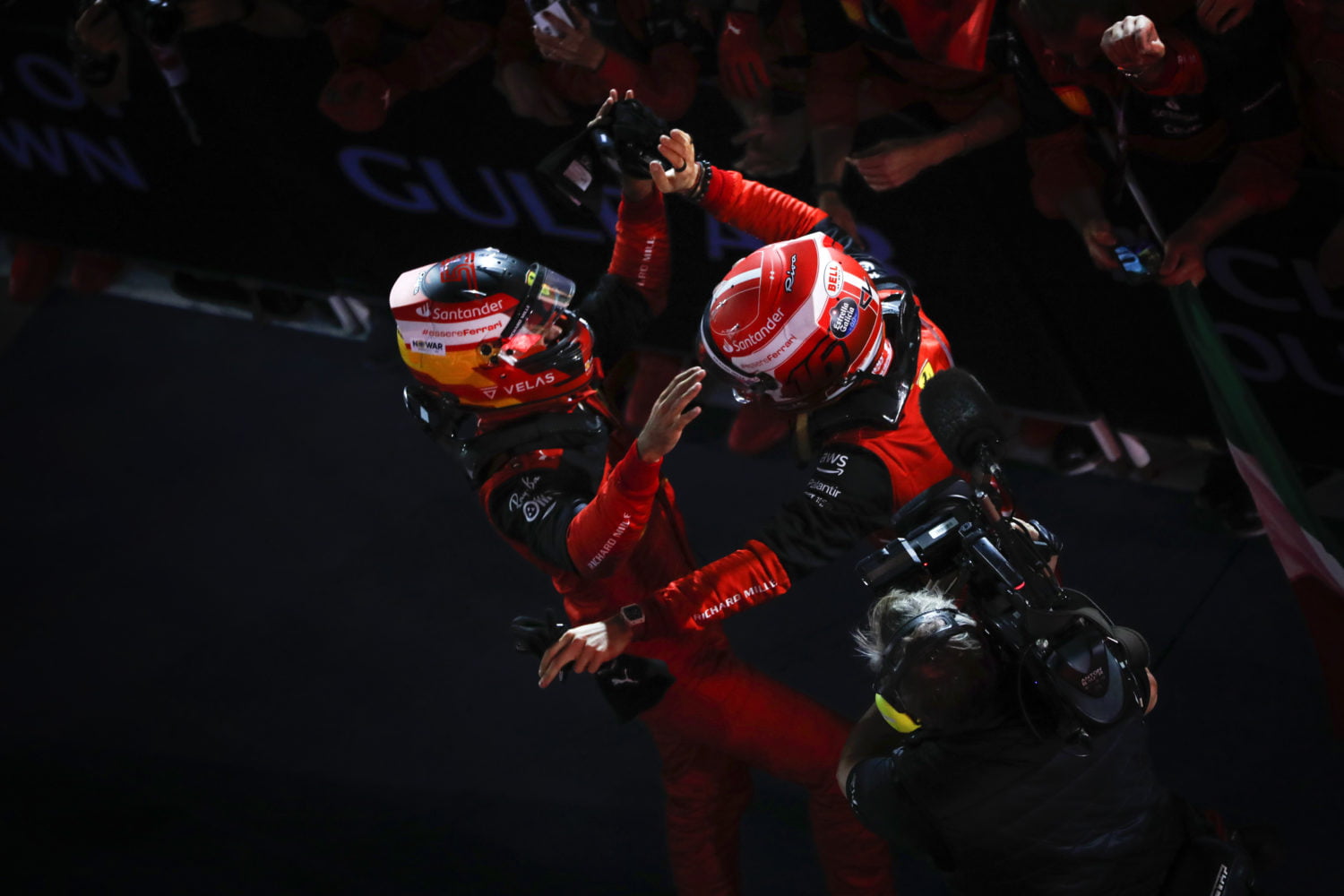
Ferrari did what I somewhat expected – it turned out to be an ‘easy’ car to drive and economical with the tyres. Charles didn’t have a competitive car last year, he often had to push the envelope and therefore made more mistakes. This year it’s different, he was perfect on Sunday and aggressive when it was needed. His engineer Jock Clear also coaches well there. He was my race engineer when I was champion in 1997, Jock is good at managing things and knows what it takes to win a championship.
Ferrari title candidate
Because that’s clear for sure – Ferrari is this year’s title candidate, with two drivers. Carlos Sainz will also have to be able to get involved. He had a hard time this weekend, but will certainly compete on tracks which suit him better. The same applies to Sergio Pérez, incidentally; he will have to step up now Red Bull does not have any points yet. In any case, the Ferrari engine has made impressive progress: all the cars performed well, with Haas standing out that bit more of course. Kevin Magnussen had a good race pace and took fifth place: that Haas is certainly not a bad car.
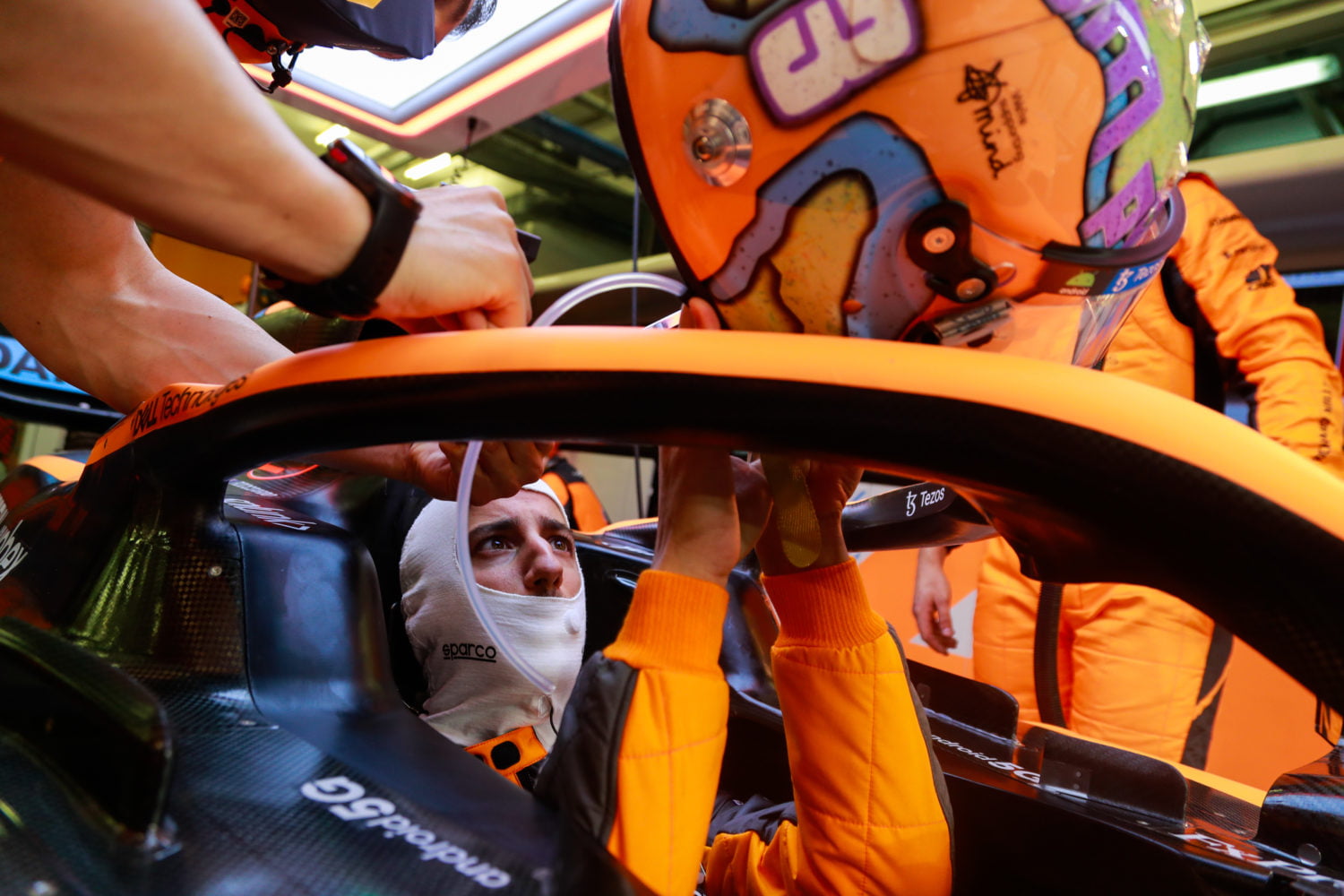
But after a first weekend we can also identify some losers. McLaren was the biggest disappointment of this weekend. Such an experienced organisation, with so much knowledge and skill in car design, it’s hard to believe that they blew it so badly. It was really painful to see Ricciardo bringing up the rear. I had less expectations from Aston Martin, they copied a Mercedes for years. As if they don’t know how to design a car anymore! Their car doesn’t look too good. To compete at the top it takes more than just ambition and money, Formula 1 is a special sport. It’s not just about marketing and branding.
Mercedes is facing a difficult task
Mercedes is facing a difficult task. They weren’t competitive in Barcelona with the first version of the sidepods, so I don’t think taking a step back will help. The current design apparently did very well in the simulator, but it is not working in the real world. And there’s no time to switch things around before the next race. The budget cap now also means there’s less leeway to go back to the drawing board and redesign the car. Like some other teams, they are having trouble with the car bouncing at high speeds due to the ground effect. As a result, they have had to increase the ride height, leading to significantly less down force.
It is very difficult to understand and solve something like this during the season. It reminded me of the first ground effect car, the 1977 Lotus that Mario Andretti drove. They had the same problem. The turbulence under the car caused too much vibration and made it impossible to drive. It took them a year to solve the issue back then. But the Mercedes concept is once again showing that a simulation is just a simulation. You only find out on the track whether something really works.’
